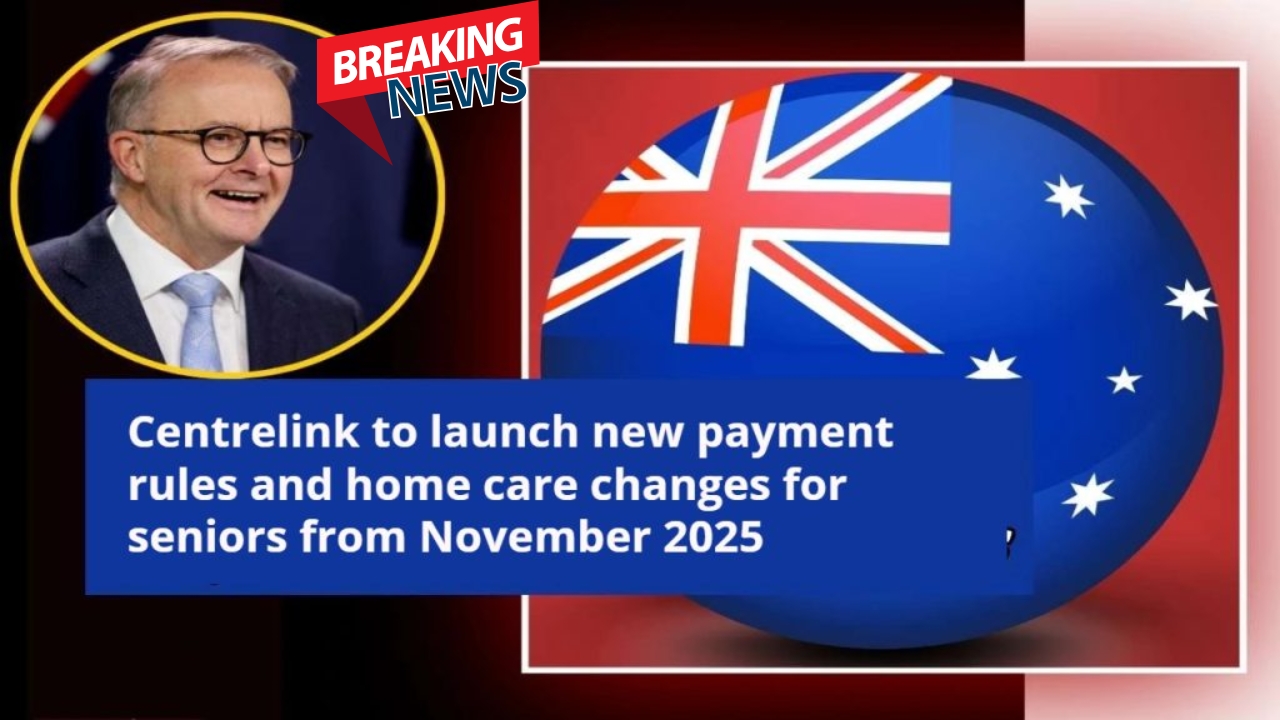The aged care system in Australia is about to undergo a significant change starting November 1, 2025, as Support at Home program opens. This program is meant to streamline and customize home care amongst older Australians to enable them to stay longer at home. The program will substitute the current programs such as Home Care Packages and Short-term Restorative Care by ensuring that the participants pay the services they obtain depending on an effective needs assessment.
Streamlined Care Model
The Support at Home program will see the older Australians stop paying the fixed Basic Daily Fee as used to be the case irrespective of the services actually being utilized. Rather, the personalized way of payment is done by means assessment where incomes and assets are taken into account so that there is fair contribution to the payment according to individual situation. By doing so, the extra expenses required to keep a charge are removed and a more open financial setup is formed. The current beneficiaries of Home Care Packages will simply be migrated to the new program, where they will be provided with comprehensive details regarding the budget of their care and the services they are allowed.
| Key Changes from November 2025 | Description |
|---|---|
| Support at Home Program | Unified in-home care program replacing older schemes |
| Payment Structure | Tailored payments based on care received, no fixed daily fees |
| Quarterly Budgets | Personalized care budgets for each participant |
| Assistive Technology Funding | Upfront support for home modifications and technology |
| Fee Changes for Residents | Adjusted means-tested fees and increased lifetime caps |
Victory over dependence, support.
The redesigned program focuses on the independence aspect by providing upfront finances to assistive technologies and home modifications. Besides conventional in-house assistance, the elderly can also obtain restorative care and end-of-life pathways that would accommodate their requirements. The participants are given a quarterly budget that represents their approved services that aim at fulfilling their care objectives. The pricing of service providers will be established in a structure that will incorporate the government price caps that will occur mid-2026 to control the prices and make them affordable.
Aged Care Residents and Fees: The Fee amounts have increased, and the fixed rate has been modified to reflect the current market conditions.
The payment Schemes of Self-funded Retirees
Although the clinical care will be free of charge, there is the possibility of fees that are associated with the non-clinical care services and everyday living costs. New contributions are the Non-Clinical Care Contribution to replace the former means-tested contributions and may increase to $22.15 per day through means testing. Other reforms include Refundable Accommodation Deposits (RADs) and Daily Accommodation Payments (DAPs), and the lifetime limit on the aged care fees and the annual limit on the aged care fees have also been removed.
Eligibility and Transition Process There is no particular eligibility required for the treatment process but rather for the delivery service; the treatment process itself is free of charge and does not involve any medical procedures or interventions.

Eligibility and Transition Process
There is no specific eligibility needed to participate in the treatment process but, instead, to the delivery service; the treatment process itself is not paid, and it does not presuppose any medical procedures and interventions.
To achieve this, older Australians who require assistance in the new system should go through aged care needs assessment process to ascertain their eligibility. The result of this assessment is a summary of the needs of care, a continuing care budget, and an accepted list of services that are specific to the individual. The funding will be done in a priority system where urgent and those that have longer waiting time will be given priority and their needs supported in a timely manner. The current participants of the Home Care Package program will be transferred without undergoing another evaluation unless their conditions do change.
Support at Home initiative is expected to make aged care fairer, more affordable and to become more people-centric and needs-based. It aims at postponing or avoiding residential aged care services by targeting home-based care. The program aims to give the ageing population of Australia greater choice, transparency, and dignity in their care with the government controlling prices of the services and individual budgets.
Frequently Asked Questions
1. Who is a beneficiary of the Support at Home program?
The eligibility is created by taking an aged care needs assessment where the needs assessment examines the person based on his or her needs of care, medical conditions, and mobility.
2. Would current recipients of Home Care Packages be required to re-apply?
No, the current participants will automatically be moved to the new Support at Home program at their existing funding rate.
3. What are the fees that participants will pay?
The former Basic Daily Fee has been removed and the participants only pay proportionate to income and asset valuations on the services that they receive.


